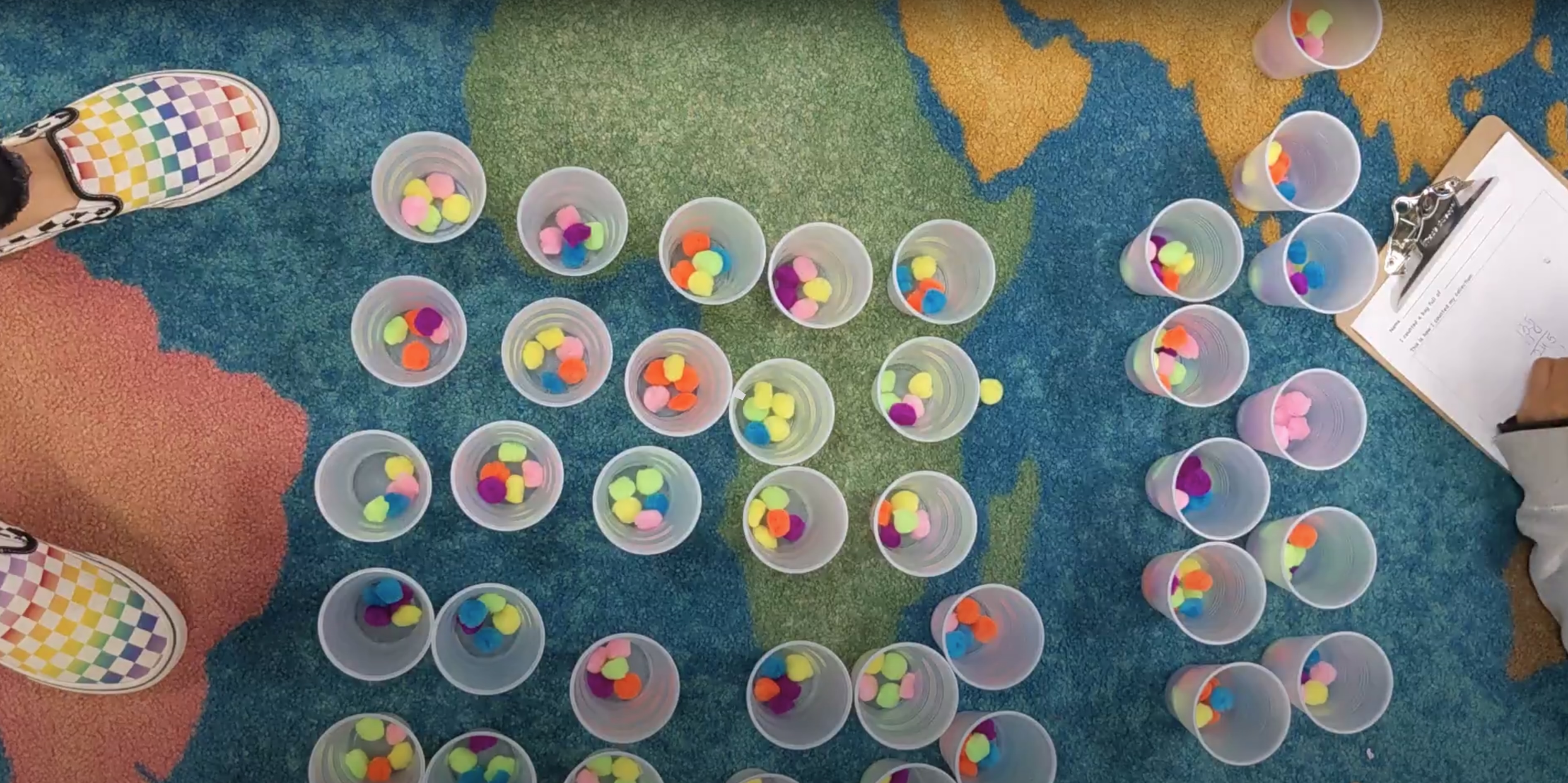In response to a Twitter inquiry, I decided to write up some longstanding thoughts on the Concrete Representational Abstract (CRA) sequence that is popular particularly in designing instruction for learners with disabilities. First, what is CRA? Here, from a researcher who done several studies on CRA with students with disabilities in mathematics:
First, manipulative objects are used to promote conceptual understanding. Concrete-level instruction proceeds as follows: The instructor demonstrates the mathematical skill/process with manipulatives; the instructor then guides the students by participating in the use of manipulatives with the students, providing prompts and cues; and the students independently use manipulatives to demonstrate the skill/process. Instruction at the representational level follows the same steps, but the manipulative objects are replaced by pictures and/or drawings. After the representational phase, most interventions involving the CRA sequence provide students with a mnemonic strategy for remembering the steps involved in the mathematical skill/process. This serves as a transition from the use of pictures or drawings to the use of numbers only—that is, the abstract phase. During this final phase, students use numbers only in completing a mathematical task, and instruction focuses on fluency.(Flores, 2009, p.185)
So, basically, CRA is demonstrating procedures in mathematics using first manipulatives, then representation, and then using numbers only.
There is something basically true about the sequence of first concrete, then representation, then abstract. Hans Freudenthal saw mathematics as “mathematizing the world.” Mathematics must begin with the world around us, which we then model using mathematics. This process becomes progressively more abstract as we work.
I see this all the time with learners, from kindergardeners to pre-service teachers. When I pose a mathematics problem, it is almost always in a context. When students begin, they stay in the context, trying to make sense of the situation. But as they work, they become gradually more abstract in their thinking. Until they get confused, and then they move back to the concrete situation. And throughout problem solving, they are making their own representations of the content.
Last night I was working with a group of pre-service special education teachers, and I gave them the following problem adapted from the Contexts for Learning unit Best Buys and Ratios written by Cathy Fosnot and Bill Jacob (2007).
Once they saw the fractions, some students groaned. One, Allie, told me that she was deathly afraid of fractions. As she started to work with her group, I saw her try to follow the calculations they started with, working to find the amounts of each ingredient for the 6 cup container. She did not quite engage at this point, but when they found the amount to be 3 cups, 2 cups and 1 cup, Allie blurted out, “It’s 6 parts! And it is always the same!” She grabbed a piece of paper and drew a circle representing one cup, with the ratio of each ingredient in the trail mix. Her group used this representation to solve for the rest of the sizes. They made a ratio table to keep track of their work. They then took centimeter cubes and, calling each one 1/12, made a physical representation of each size showing the consistent ratio.
The problem was launched in a context, which made it concrete. From there, however, the neat assumptions of CRA fall apart. The students created multiple representations at different points in their problem-solving. They actually began with abstract calculations, which they later abandoned. They used ratio tables and pie charts. And they ended by using concrete materials. And throughout, they developed abstract ideas about how fractions and ratio relate as they moved back and forth between their representations (drawings and ratio tables), the concrete cubes, and their abstract thinking and equations.
As Elham Kazemi said in her Twitter response, Learning is messy. To me, CRA is much better than beginning with numbers in the abstract, which has been the traditional approach to teaching procedures in math, particularly in special education. But CRA is not from the learner point of view, it is from the teacher point of view. CRA describes the teacher’s actions. Read the description above again: “the instructor demonstrates,” “the instructor then guides the students.” CRA has been built directly on Direct Instruction, and follows the same sequence of teacher modeling, guided practice, then independent practice.
So how might this sequence operate from the point of view of the learner, not the teacher? Research on representation understands representation as a process of making sense of mathematics, not a object. Students make multiple representations while they solve problems, which progress from concrete to abstract as they make sense of a contextual problem (Gravemeijer et al., 2002; Stylianou, 2011). Representations can be understood as “notations in use,” as thinking and representation are deeply interconnected and iterative (Meira, 2002). Despina Stylianou’s article in Teaching Mathematics in the Middle School does a great job explaining representation as a process, rather than a picture.
CRA is more effective in intervention studies than typical instruction in mathematics, particularly for computational procedures (Flores, 2009). It is better than the completely decontexualized Direct Instruction that students with disabilities often receive. But many concepts in math cannot be taught through demonstration, even with cubes.
Stylianou, D. A. (2011). The Process of Abstracting in Students’ Representations. Mathematics Teaching in the Middle School, 17(1), 8–12.


Leave a comment